Changes to the way Class 2 National Insurance is collected may mean you are paying more than you are required to.
If you are self-employed, you are required to pay National Insurance contributions (NIC). This means that self-employed individuals will have to pay sufficient contributions depending on their earnings. Relativelyrecent changes to Class 2 National Insurance mean you might be paying more than you need to.
Here, we explain any NIC issues you might come across since the shift.
How much should I be paying?
Class 2 National Insurance contributions are compulsory for those earning more than £11,908 a year on a self-employment income, although they can be paid voluntarily if the taxpayer has gaps in their National Insurance record.
If your self-employed profits for the 2023/24 tax year are less than £11,908 (the Small Profits Threshold) (£11,908 also for the 2022/23 tax year), then you will not need to pay Class 2 NIC. However, you will have the option to voluntarily pay Class 2 NIC at the end of the tax year.
If your profits are above the Small Profits Threshold but not the Lower Profits Limit, you will be considered to have paid Class 2 National Insurance Contributions (NIC) without having to pay any additional fees.
Class 2 National Insurance is calculated at a flat rate per week – currently £3.15 per week for the 2023/24 tax year – and becomes payable as soon as HMRC are notified that self-employment has commenced.
Why might I voluntarily pay Class 2 NIC even if my earnings don’t meet the Small Profits Threshold?
If you wish to maintain eligibility for certain state benefits, including the state pension, you may need to pay National Insurance Contributions (NIC). Some state benefits, such as maternity allowance and in certain cases, contributions-based employment and support allowance (ESA), require a certain amount of Class 2 NIC to be paid within a certain timeframe.
To ensure that you meet these requirements, you should consider contacting the HM Revenue and Customs (HMRC) and making arrangements to pay Class 2 NIC before the Self Assessment deadline. Additionally, your entitlement to state pension depends on you having paid or been credited with a sufficient amount of NIC throughout your working life.
The Self-Assessment process
For many years, Class 2 National Insurance was collected by direct debit every month for all self-employed people. However, starting from the 2015/16 tax year, for most people it is being collected through self-assessment, meaning that the annual liability is paid as part of the 31 January and 31 July payments each year. However, the following categories of taxpayers do not have their Class 2 National Insurance collected through self-assessment, and tend to continue with the monthly direct debit:
- An examiner, moderator, invigilator or person who set exam questions
- Running a business involving land or property
- A minister of religion who does not receive a salary or stipend
- Living abroad and paying voluntary Class 2 contributions
- A person who makes investments – but not as a business and without getting a fee or commission non-UK resident who’s self-employed in the UK
- Working abroad
We have discovered that this may still have an unexpected consequence for self-employed people and also had rental income.
Suppose you were paying Class 2 National Insurance under the direct debit system and had rental income. In that case, HMRC’s system may have just carried on taking the direct debit and called it a voluntary contribution. If you are also self-employed, this could mean that you have paid Class 2 National Insurance by direct debit and also have paid it through self-assessment.
So check your direct debits and if you are still paying a monthly Class 2 contribution, you can write to the National Insurance department at HMRC to request a refund if this is incorrect.
Please get in touch if you would like more information or assistance in this matter.









